Issue 4 Flipbook
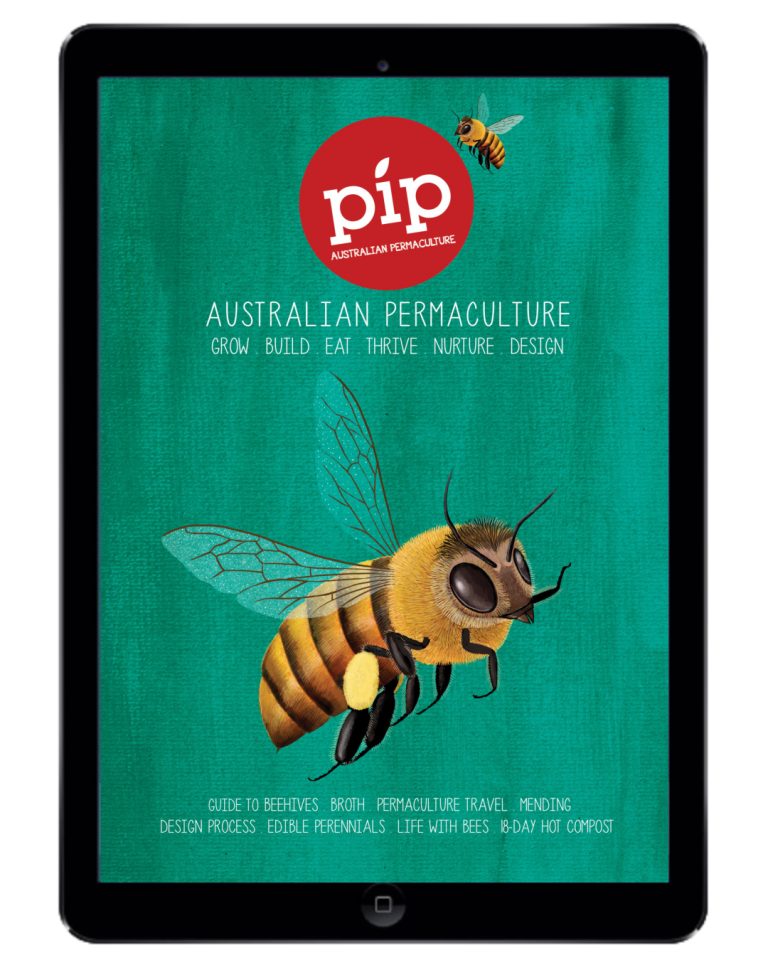
Read issue 4 as a flipbook

Read issue 4 as a flipbook
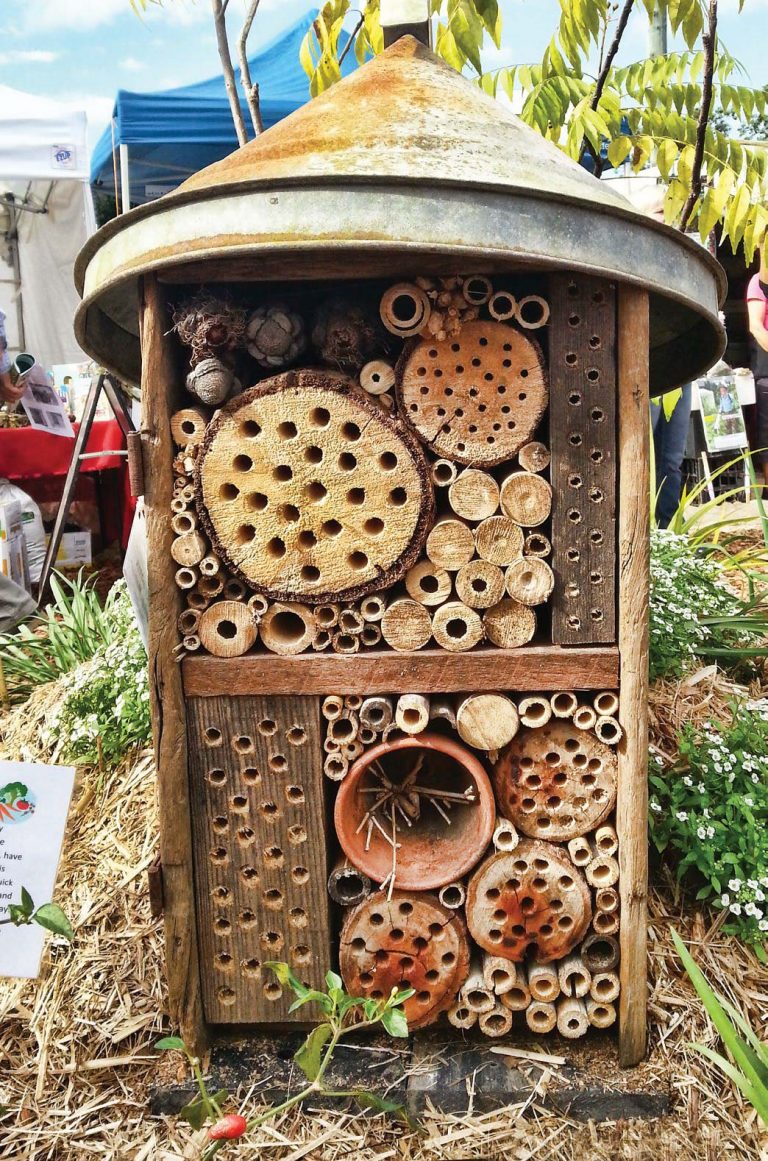
Bees are under threat worldwide. As we urbanise our environments we remove bees’ natural habitat – we create flowerless landscapes when we substitute concrete and lawn for flowering trees and shrubs. And agricultural practices, such as monoculture, remove the variety of floral resources bees need for good health. Add to these the increasing use of pesticides in crop management and domestic landscapes, and the future for bees looks bleak.
Mention bees and people invariably think of honey bees. Humans have had an important relationship with honey bees for millennia, managing them for honey and pollination services. The social European honey bee Apis mellifera can be found in most parts of the world, and was introduced into Australia in 1822; however, this species is only one of 20 000 species of bees worldwide. Australia is home to almost 2000 species of native bees, and most of them are very important plant pollinators.
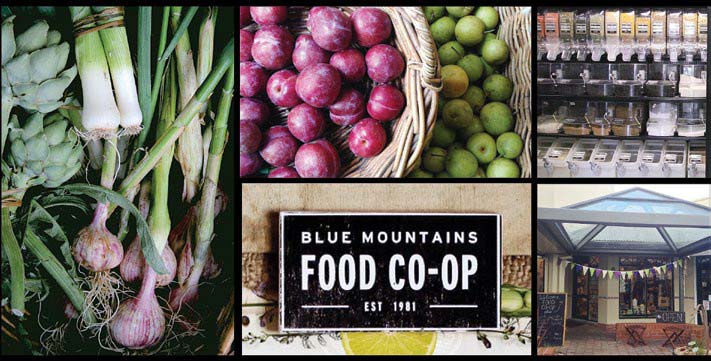
Co-operatives are re-emerging as a global movement, as workers around the world – faced with rising unemployment and a slow transition to a sustainable economy – employ themselves in jobs they would rather be doing. Co-op laws provide a flexible framework for members to organise alternative ways to buy, sell, and manage work and pay. While companies benefit shareholders, co-ops serve their members, who participate in the business as suppliers, buyers, workers and/or owners.
The co-op model is a natural fit for a permaculture business – selfdetermination and independence, member participation, integration with other co-ops and valuing diversity are all core co-op principles. A business model that reflects permaculture structure also aligns with the principle of designing from patterns to details – co-op structures are flexible.
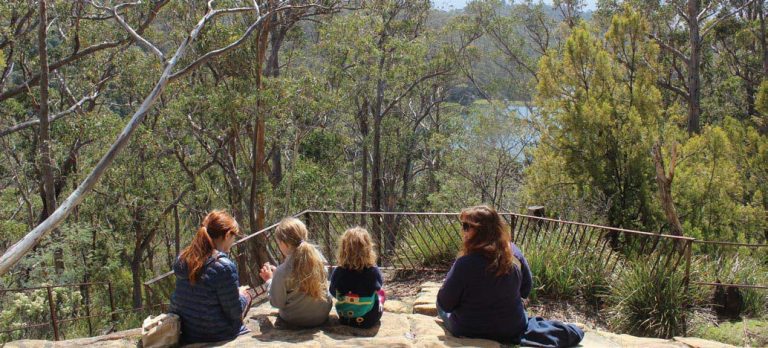

Permaculture theory and design are concepts traditionally communicated in an adult forum. Children may pick up snippets of information living within and around a permaculture system, perhaps learning more as they grow older. However, children can reveal themselves to be very adept at taking on permaculture concepts when they are presented to them at an early age, or adopted as part of the family vernacular.
The ethics – earth care, people care and fair share (or return of surplus) – make sense to a child’s sense of justice and understanding of their place in the world, so the best time to begin talking about permaculture as a family is now. But how do you introduce permaculture to children? Here are some ideas.
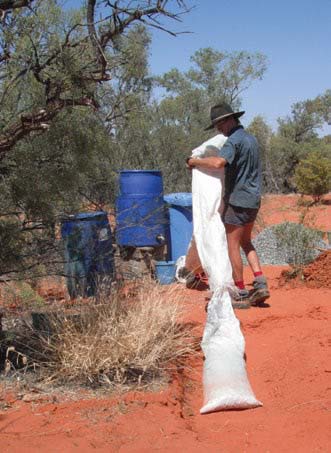

Earthbag building (or ‘super adobe’) is a technique credited to Nader Khalili, an Iranian-born architect and humanitarian. The technique uses polypropylene bag (the kind of bag your chook food comes in, before it is cut into lengths) as a continuous, flexible form to hold courses of earth, building up a structure layer by layer. Rendering weatherproofs the structure, and is the final binding mechanism holding the bags together.
Earthbag building is great where we are in Central Australia, as there seems to be no shortage of soils with a reasonable sand/clay mix, and there’s not much else to build with. Sure, you need to buy the bag, barbed wire and rendering materials; but the bulk of what you’re building with can often be sourced from your site, and moved with the aid of little more than a shovel and wheelbarrow. Along with being cheap and simple, earthbag building is also tough, flexible and provides good thermal mass – enough reasons for us to give it a go!
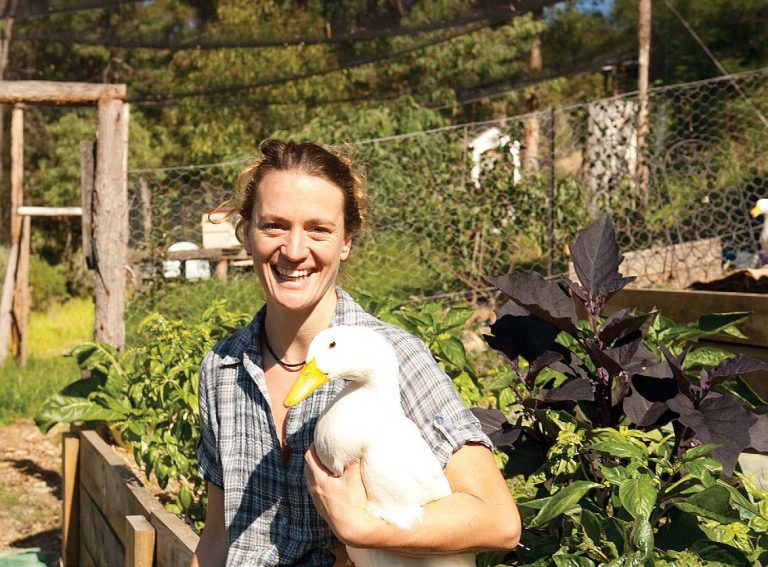

Permaculture began as ‘permanent agriculture’, a sustainable food production system based on ecological principles. Growing our own food is extremely good for us and there is an indisputable and ever-increasing body of research, which supports the health benefits of gardening: it can improve our health through stress relief, exercise, mental activity and better nutrition. Certain strains of a harmless soil-borne bacteria Mycobacterium vaccae have been found to stimulate the human immune system and boost the production of serotonin – a shortage of this mood-regulating brain chemical is associated with depression. Who would have thought that playing in the dirt could be so good for you?
Permaculture has grown to embrace more of the human experience than just food production, to become ‘permanent culture’. Despite the tendency of some to try to make it all things to all people, permaculture is essentially a system of ecological engineering.
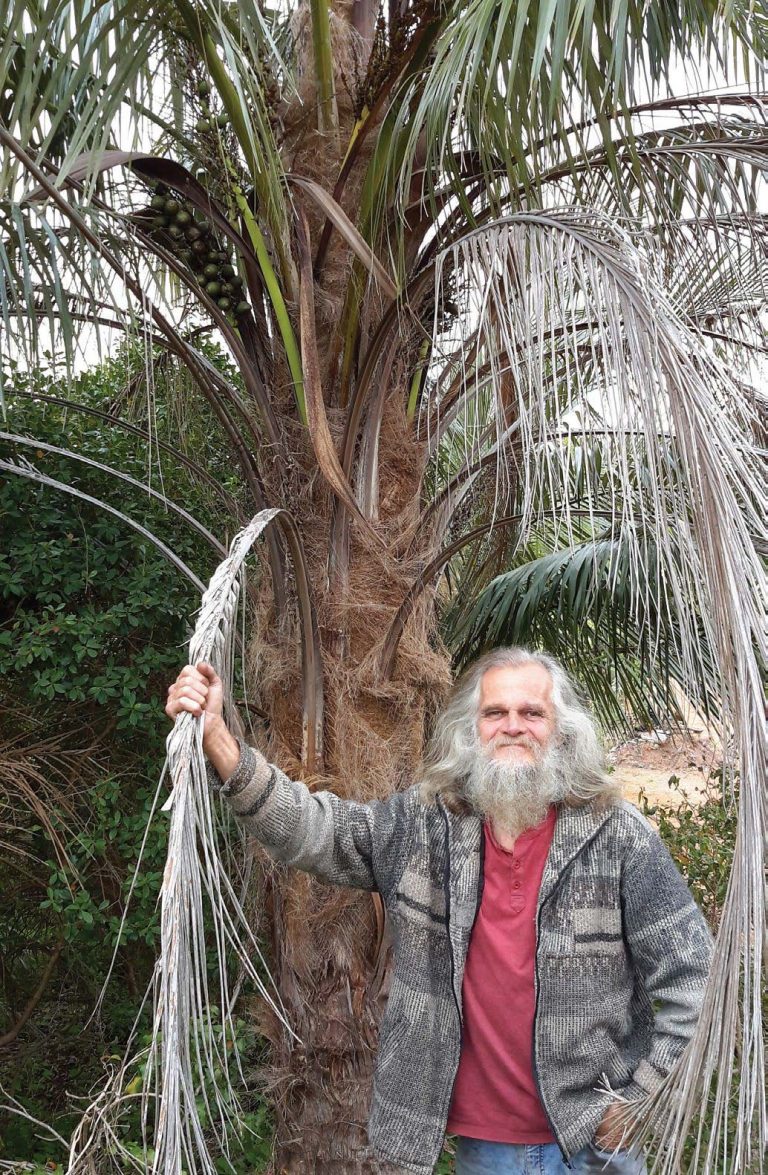

I did my PDC with Bill in 1983 in Stanley, Tasmania, when I was thirty. Everyone loved the course. I was studying Environmental Science at Murdoch Uni at the time, and had the opportunity to explore permaculture in one of my units. I kept studying until it got in the way of permaculture.
HAS CLIMATE CHANGE AFFECTED YOUR PROPERTY IN NANNUP?
2010 was our first seriously dry year. We went away for a few months and returned to find our soak was merely a puddle. We had to stop irrigating several acres, and ended up watering only our annual veggies, by hand. The established plants and trees had to suck it and see! I was amazed at what survived. We raced out and bought a rainwater tank, and pulled everything in around our house rather than spreading out too far. We realised we hadn’t been growing as many waterwise plants as we thought, and that our management practices had to change. We now use wicking beds, trays and pots extensively.


Bee Winfield and her partner Stewart Seesink have transformed their eleven hectare property, at Nannup in the south-west of Western Australia, by building soil. Bee’s been obsessed with compost since she was a teenager, and is still making it forty years later. After courses on permaculture, holistic management, earthworks for water harvesting, soil biology and life in the soil, Bee was ready to improve her soil; she and Stewart are so focused on life below ground that their son describes them as ‘turd nerds’ – Bee prefers ‘soil life coach’.
Over the last decade their organic farm business has grown in leaps and bounds. They regularly supply fully tree-ripened fruit, vegetables grown with compost, grass-fed meat, and eggs and dairy to the Nannup and Margaret River farmers’ markets, Perth City Farm market and many others.
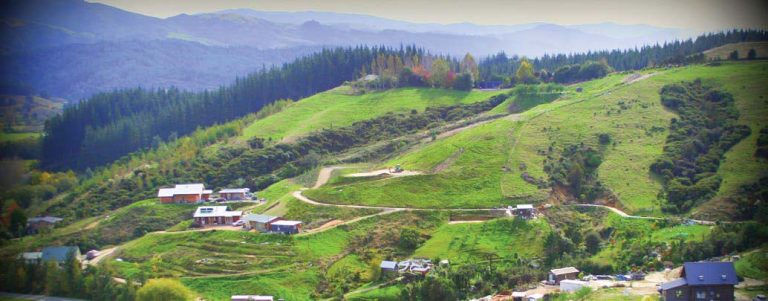

Resilience means the ability to adapt and respond positively to challenge and change. Small villages have been the most enduring form of human settlement across continents and across centuries and presumably will continue to be so in a future filled with uncertainty around issues such as climate change, rising energy prices, food supply and job security.
The founders of Atamai Village in New Zealand have responded to meet such challenges collectively, by focusing their energies on developing a resilient community – a sustainable ecovillage. Atamai Village is a modern example of a traditional village, with new approaches and technologies designed to adapt as required.
Atamai Village is purpose built to provide the best possible response to living well under the various challenges to the global economic system that are already in evidence. The permaculture-based settlement was founded in 2006, and is now home to about twenty households. On completion it will include about fifty households, as well as extensive common lands. In addition to private purchase, a co-housing option is being developed for greater affordability.


All terrestrial life depends on soil, directly or indirectly. Although our understanding of topsoil has grown by leaps and bounds over the past decades, we are still losing this invaluable resource at a frightening pace.
Less than thirty per cent of the world’s topsoil remains in fair or acceptable condition. The fragility of this vital layer can be illustrated through a simple comparison: if one imagines the earth as an orange, the extremely thin topsoil layer is no thicker than the shine on the skin of that orange. An astonishing variety of creatures rely on this ‘shine’ for all of their basic necessities.
Our growing knowledge about soil has formed the basis of new soil services, soil analyses and many well-intended soil conservation attempts, yet we are still losing soil at an ever-increasing rate. If this trend continues for much longer, our current form of society will eventually collapse – and mainly as a result of practices as simple as over tilling.